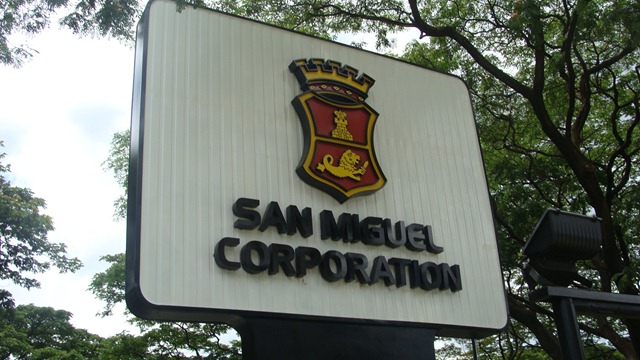The decision at the end of last month by Philippines conglomerate San Miguel Corp (SMC) to exit the local telecoms sector has left the country’s mobile market as a virtual duopoly. Further strengthening their dominant positions, Philippine Long Distance Telephone Company (PLDT) and Globe Telecom have agreed to pay PHP69.1 billion (USD1.48 billion) to acquire SMC’s telecoms assets, which include wireless spectrum in the 700MHz, 900MHz, 1800MHz, 2300MHz and 2500MHz bands.
In 2014 SMC had unveiled an ambitious plan to build and operate a third national mobile network via its Vega Telecom subsidiary, and last year announced that it was in talks with Australia’s Telstra concerning a joint venture. When discussions ended without agreement in March this year, SMC president Ramon Ang bullishly stated his company would continue to go it alone. By late May, however, it became clear that Ang had thrown in the towel when PLDT shareholder First Pacific Co–a Hong Kong holding company controlled by Indonesian tycoon Anthoni Salim–and Ayala subsidiary Globe Telecom both issued statements confirming they were each buying a 50% stake in Vega Telecom, ending the prospect of a third player entering the market.
The Philippine Competition Commission (PCC) then raised some eyebrows when it ruled that the deal could proceed as it did not constitute an abuse of dominant market position, despite growing calls for a greater examination of competition in the Filipino mobile market. Indeed, President-elect Rodrigo Duterte has described the mobile market as a ‘cartel’ and has called for an urgent improvement in its performance. Critics say that the continuation of the duopoly is keeping end-user prices high and curbing investment in network upgrades and expansions, particularly for 3G and 4G mobile data services which, as can be seen from the figure below, still only accounted for around 23% of overall subscribers at end-March 2016.
Philippines Wireless Subscriber Growth
Previously, PLDT and Globe had been pressuring the country’s telecoms regulator, the National Telecommunications Commission (NTC), to force SMC to give up parts of its 700MHz holdings, claiming their smaller rival controlled 90MHz of the 100MHz available spectrum in that band. The pair said that the 700MHz LTE band "should be equitably distributed in a transparent manner among existing operators and new entrants in the Philippines." Ramon Ang dismissed the claim, however, stating: "Between the two of them, they have almost 300MHz of LTE frequencies. Why do they need more? …They have all the frequencies, all the technology. All they have to do is fine-tune what they have."
There is some light at the end of the tunnel, however. The NTC is pushing the entrenched duo to make good use of their new 700MHz frequencies, calling on both firms to submit a three-year network rollout programme by the end of July, detailing how they intend to cover a minimum 90% of all cities and municipalities. Indeed, within a week of receiving the nod from the NTC, Globe Telecom switched on its first cell site operating at 700MHz, achieving a download speed of 100.32Mbps, and PLDT followed suit shortly after. More encouragingly, under the terms of the SMC-Vega deal, PLDT and Globe have said they will each be looking to return some frequencies in the 700MHz, 850MHz, 2500MHz and 3500MHz bands to the NTC–supposedly for the future use of a third cellco–although given SMC’s arduous and ultimately failed attempt, it is unlikely a new entrant will enter the market for the foreseeable future at least.
Pete Bell
Pete Bell is a Research Analyst for TeleGeography’s GlobalComms Database and also contributes to the daily CommsUpdate newsletter. He has a particular interest in wireless broadband and was responsible for TeleGeography’s 4G Research Service until it was integrated into GlobalComms.


